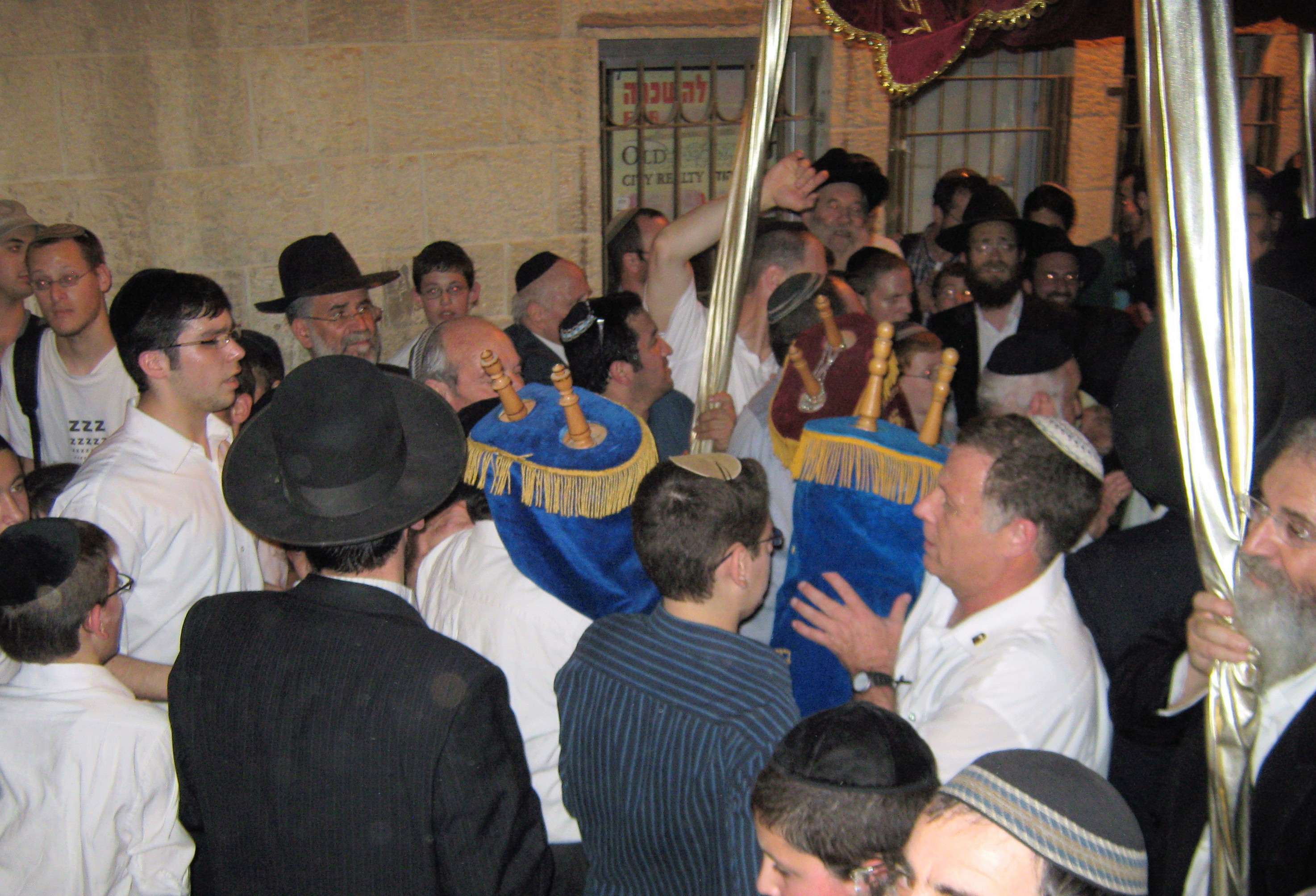While many people went North or overseas for the holiday week,
on Wednesday, September 28, Gan Sacher, Sacher Park, filled with thousands of people.
Large crowds enjoyed the children’s entertainment,
as groups waited for hours in the heat to march in the Jerusalem Parade.
Banners and flags were everywhere.
The park was a busy place,
and so was the parade route, with enthusiastic crowds waving flags and singing.
Firetrucks with balloons
and police dogs were among the first of many service and military groups that led the parade.
The new light rail train was on display on Jaffa Street, in contrast to
modes of transportation from old
and even older eras.
International groups
from Australia to
the United States,
from Papua New Guinea
and Russia,
Thailand
and Taiwan, were among those that marched.
Many groups were singing, haveinu shalom aleichem, bringing greetings of peace,
women from the Philippines were dancing.
After groups with colorful flags and I Love Israel tee shirts,
still many more were waiting in the park to join the parade.
There was extra security and roads were closed,
but there was more than one way
to get around.
Despite the oppressive heat, the positive energy and party atmosphere was impressive.
Sukkot celebrations in Jerusalem returned to the city center,
but as usual, the resulting massive traffic tie-ups were the topic of conversation for days.























































